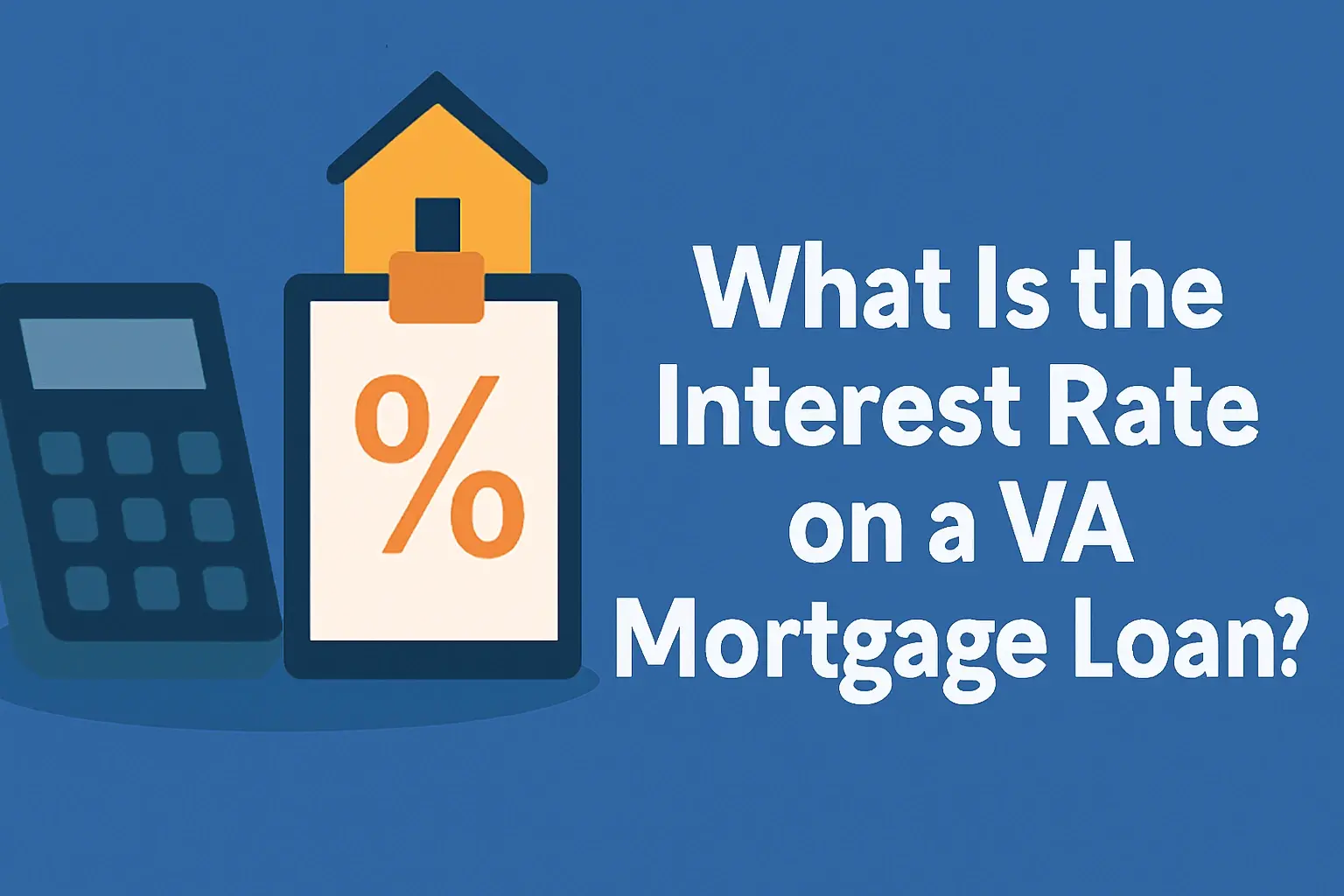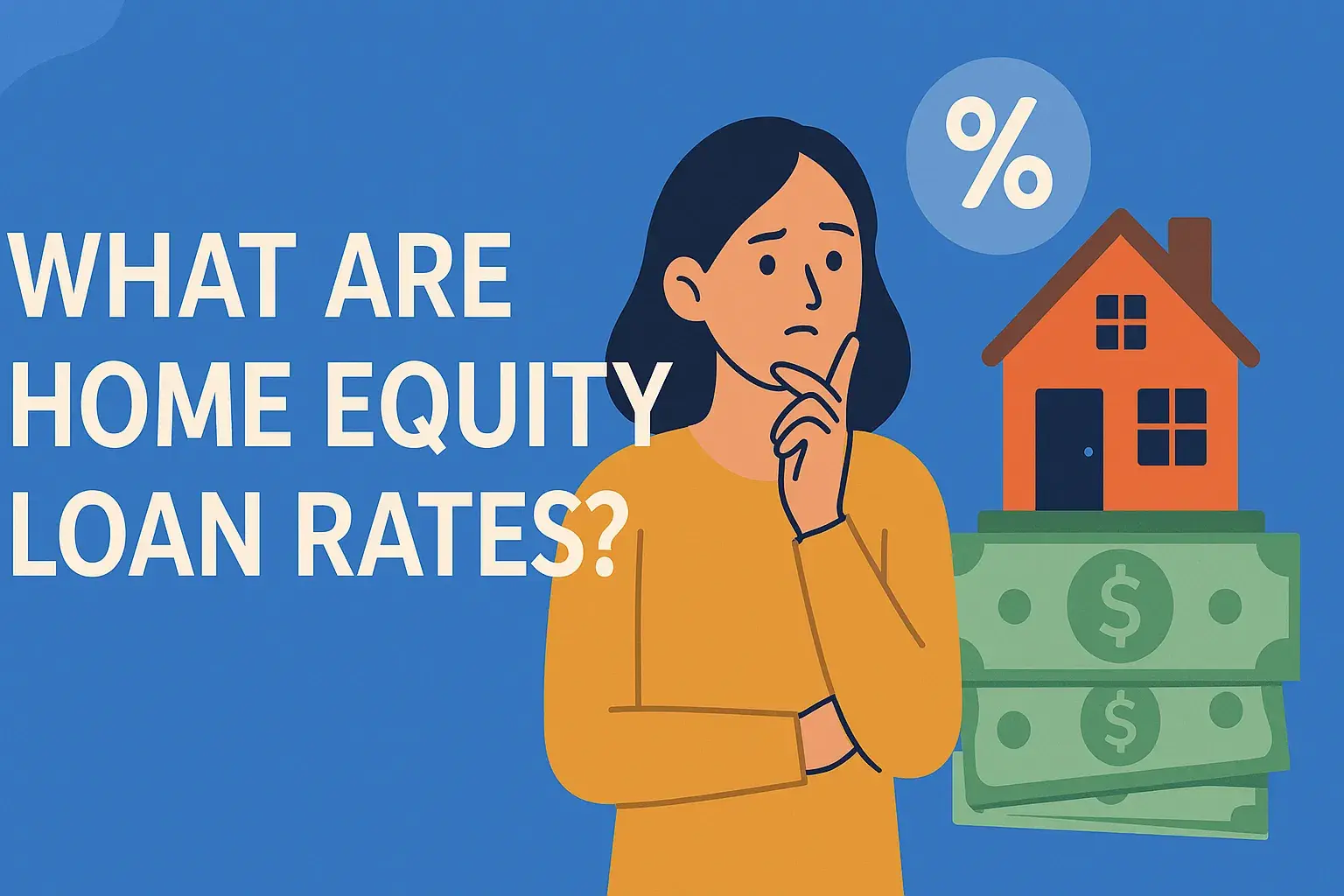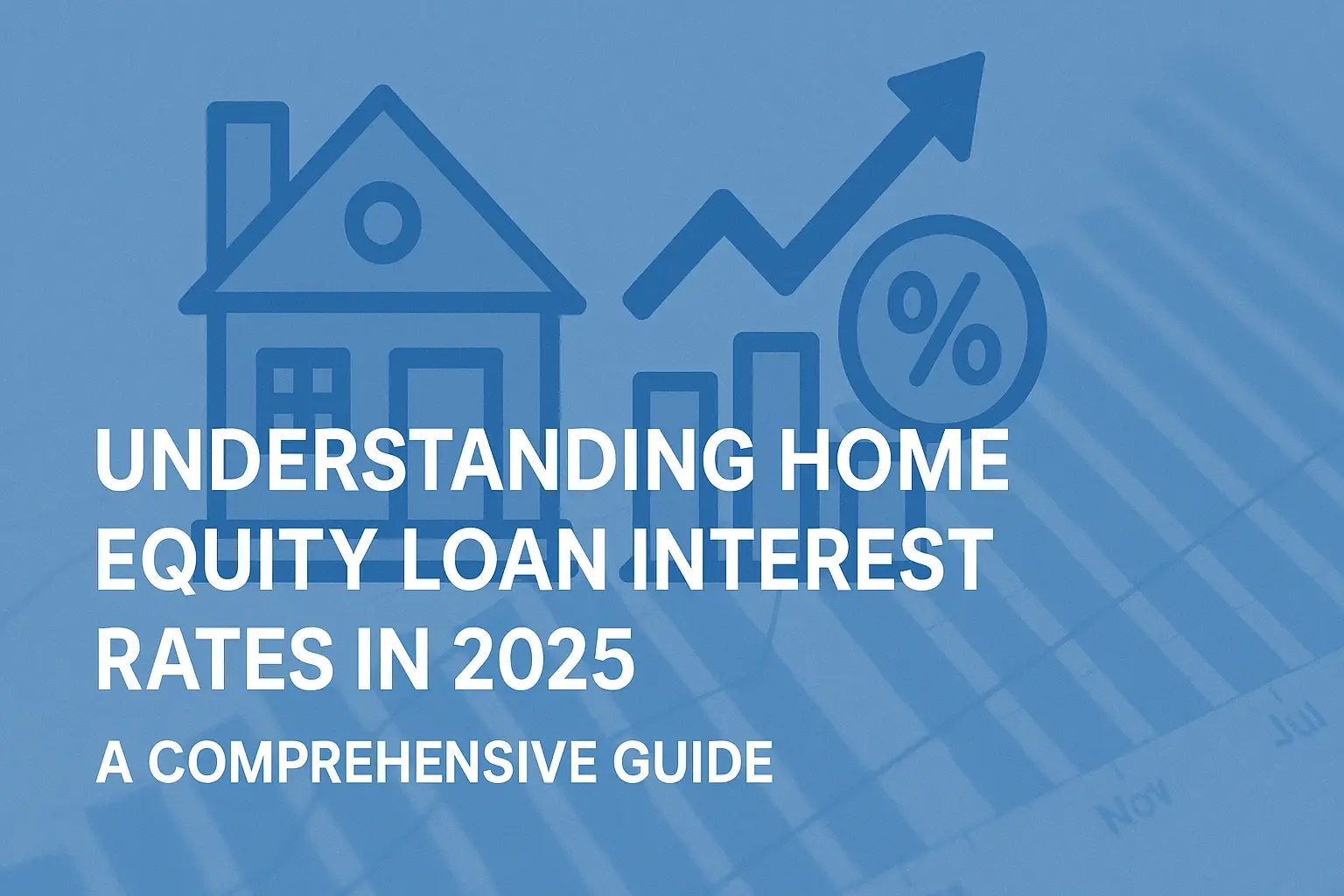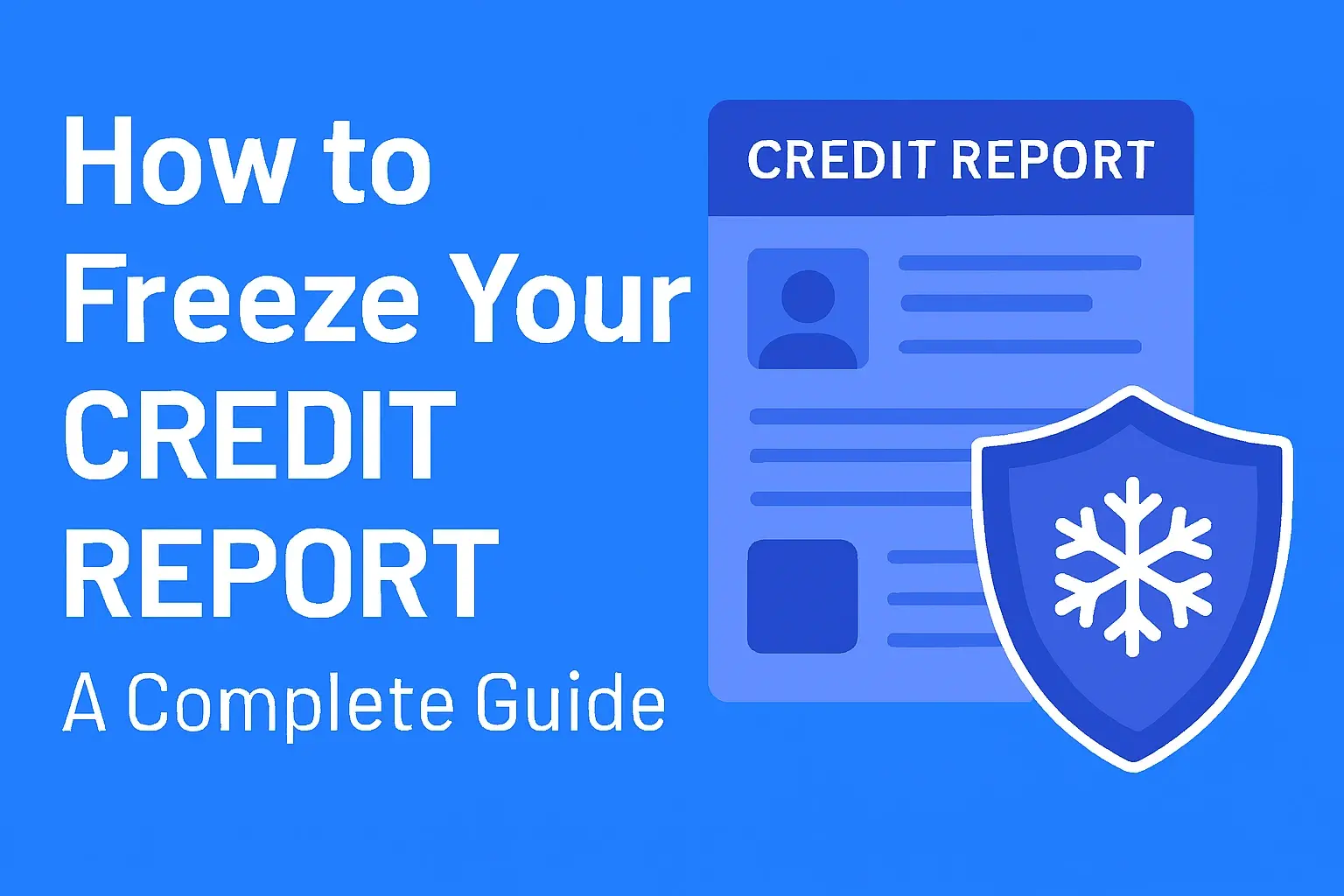-
Posted on: 23 Aug 2024

-
Buying a home is a significant financial milestone, and the first step towards achieving this dream is understanding whether you qualify for a home loan. The mortgage approval process can seem daunting, but by understanding the key factors lenders consider, you can increase your chances of getting approved and securing the best possible terms. This guide will walk you through the essential aspects of home loan qualification, providing you with the knowledge and tools to assess your readiness to become a homeowner.
Key Factors Lenders Consider
Lenders evaluate several factors to determine your creditworthiness and ability to repay a mortgage. These factors are interconnected, and a strong performance in one area can sometimes compensate for weaknesses in another. Let's delve into each of these in detail:
Credit Score: Your Financial Report Card
Your credit score is a three-digit number that reflects your credit history and how reliably you've managed debt in the past. Lenders use this score to assess your risk as a borrower. A higher credit score typically translates to lower interest rates and more favorable loan terms.
What's Considered a Good Credit Score?
- Excellent (800-850): This range offers the best interest rates and loan options.
- Very Good (740-799): You'll still qualify for excellent rates and terms.
- Good (670-739): You'll likely be approved for a loan, but the interest rates might be slightly higher.
- Fair (580-669): Approval is possible, but expect higher interest rates and stricter loan terms.
- Poor (300-579): Obtaining a mortgage will be challenging, and interest rates will be significantly higher. Focus on improving your credit before applying.
How to Improve Your Credit Score:
- Pay Bills on Time: Payment history is the most significant factor in your credit score.
- Reduce Credit Card Debt: Keep your credit card balances low compared to your credit limits.
- Avoid Opening Too Many New Accounts: Too many new accounts can lower your average account age.
- Check Your Credit Report Regularly: Review your credit reports for errors and dispute any inaccuracies. You can obtain a free copy of your credit report from each of the three major credit bureaus (Equifax, Experian, and TransUnion) annually at AnnualCreditReport.com.
Income and Employment History: Demonstrating Repayment Ability
Lenders need to be confident that you have a stable and sufficient income to make your monthly mortgage payments. They'll typically look for a consistent employment history and verifiable income sources.
What Lenders Look For:
- Stable Employment: Ideally, you should have been employed in the same field for at least two years. Job hopping can raise red flags.
- Verifiable Income: Lenders will require documentation to verify your income, such as pay stubs, W-2 forms, and tax returns. Self-employed individuals may need to provide more extensive documentation, such as profit and loss statements.
- Sufficient Income: Your income needs to be adequate to cover your mortgage payments, property taxes, homeowner's insurance, and other debts.
Income Sources:
- Salaried Income: The most straightforward type of income to verify.
- Hourly Income: Lenders will typically average your hourly income over a period of time.
- Self-Employment Income: Lenders will analyze your business's profitability and your personal income reported on your tax returns.
- Investment Income: Dividends, interest, and rental income can be considered, but lenders will want to see a consistent track record.
- Alimony and Child Support: May be considered as income, but you'll need to provide documentation.
Debt-to-Income Ratio (DTI): Balancing Debt and Income
Your debt-to-income ratio (DTI) is the percentage of your gross monthly income that goes towards paying your monthly debt obligations, including your potential mortgage payment. It's a crucial metric for lenders in assessing your ability to manage debt.
How to Calculate DTI:
- Add up all your monthly debt payments, including credit card payments, auto loans, student loans, personal loans, and any other recurring debts.
- Estimate your potential monthly mortgage payment (including principal, interest, property taxes, and homeowner's insurance).
- Add the estimated mortgage payment to your total monthly debt payments.
- Divide the total monthly debt payments by your gross monthly income (before taxes).
- Multiply the result by 100 to express it as a percentage.
Example:
- Monthly Debt Payments: $500
- Estimated Mortgage Payment: $1500
- Gross Monthly Income: $6000
- Total Monthly Debt: $500 + $1500 = $2000
- DTI: ($2000 / $6000) * 100 = 33.3%
Ideal DTI Ratios:
- Ideal: Under 36% (including the mortgage). Lenders generally prefer a DTI of 36% or less.
- Acceptable: 36% - 43%. You may still be approved, but the interest rates might be higher.
- High: Above 43%. Approval is less likely, and you may need to improve your DTI before applying.
Strategies to Lower Your DTI:
- Pay Down Debt: Prioritize paying off high-interest debt.
- Increase Your Income: Explore options for increasing your income, such as a side hustle or asking for a raise.
- Reduce Existing Expenses: Look for areas where you can cut back on your spending.
Down Payment: Your Equity in the Home
The down payment is the amount of money you pay upfront towards the purchase of a home. It represents your initial equity in the property. A larger down payment reduces the loan amount, lowers your monthly payments, and can help you avoid paying for private mortgage insurance (PMI).
Common Down Payment Amounts:
- Traditional Mortgage (Conventional Loan): Typically requires a down payment of 5% to 20%.
- FHA Loan: Requires a down payment of as little as 3.5% for borrowers with a credit score of 580 or higher.
- VA Loan: Generally requires no down payment for eligible veterans and active-duty military personnel.
- USDA Loan: Also generally requires no down payment for eligible rural homebuyers.
Sources of Down Payment Funds:
- Savings: Personal savings are the most common source of down payment funds.
- Gift Funds: Gifts from family members are often allowed, but lenders will require documentation.
- Retirement Accounts: You may be able to withdraw funds from your retirement accounts, but be aware of potential tax implications.
- Down Payment Assistance Programs: Many states and local communities offer down payment assistance programs to help first-time homebuyers.
Assets: Demonstrating Financial Stability
Lenders also want to see that you have sufficient assets to cover closing costs, reserves, and potential unexpected expenses. Assets demonstrate your financial stability and your ability to handle financial challenges.
Types of Assets Lenders Consider:
- Checking and Savings Accounts: Demonstrates your ability to manage your finances.
- Investment Accounts: Stocks, bonds, and mutual funds can be considered assets.
- Retirement Accounts: 401(k)s, IRAs, and other retirement accounts can contribute to your overall asset picture.
- Other Real Estate: If you own other properties, the equity in those properties can be considered an asset.
Property Appraisal: Ensuring Value
Lenders require a property appraisal to ensure that the home you're buying is worth the loan amount. An appraisal is an unbiased estimate of the property's fair market value, conducted by a licensed appraiser.
What Happens During an Appraisal:
- The appraiser will inspect the property, both inside and out.
- They will compare the property to similar properties that have recently sold in the area (comparable sales).
- They will consider factors such as the property's size, condition, location, and amenities.
- The appraiser will then provide a written report to the lender, stating their opinion of the property's value.
What If the Appraisal is Lower Than the Purchase Price?
- Renegotiate the Purchase Price: You can try to negotiate a lower purchase price with the seller.
- Pay the Difference in Cash: You can cover the difference between the appraised value and the purchase price with your own funds.
- Cancel the Deal: If you can't agree on a solution, you may be able to cancel the purchase agreement.
Steps to Take Before Applying for a Home Loan
Taking proactive steps before you apply for a home loan can significantly improve your chances of approval and help you secure the best possible terms.
- Check Your Credit Report: Obtain copies of your credit reports from all three major credit bureaus and review them carefully for errors. Dispute any inaccuracies.
- Improve Your Credit Score: If your credit score is below the desired range, take steps to improve it, such as paying down debt and making timely payments.
- Determine How Much You Can Afford: Use online mortgage calculators and budgeting tools to estimate how much you can comfortably afford to spend on a home. Consider not only the mortgage payment but also property taxes, homeowner's insurance, and maintenance costs.
- Save for a Down Payment: Start saving for a down payment as early as possible. A larger down payment can lower your interest rate and reduce your monthly payments.
- Get Pre-Approved: Getting pre-approved for a mortgage can give you a better understanding of how much you can borrow and strengthen your offer when you find a home.
- Gather Necessary Documents: Prepare the documents you'll need to provide to the lender, such as pay stubs, W-2 forms, tax returns, bank statements, and identification.
Understanding Different Types of Home Loans
Different types of home loans cater to various borrower needs and circumstances. Understanding the different options is crucial for making an informed decision.
- Conventional Loans: These loans are not insured or guaranteed by the government. They typically require a higher credit score and a larger down payment.
- FHA Loans: Insured by the Federal Housing Administration (FHA), these loans are designed for borrowers with lower credit scores and smaller down payments. They require mortgage insurance, both upfront and ongoing.
- VA Loans: Guaranteed by the Department of Veterans Affairs (VA), these loans are available to eligible veterans and active-duty military personnel. They often require no down payment and have no private mortgage insurance (PMI).
- USDA Loans: Offered by the U.S. Department of Agriculture (USDA), these loans are designed for homebuyers in eligible rural areas. They typically require no down payment.
- Adjustable-Rate Mortgages (ARMs): These loans have an interest rate that adjusts periodically based on a benchmark index. They often start with a lower interest rate than fixed-rate mortgages but can become more expensive if interest rates rise.
- Fixed-Rate Mortgages: These loans have an interest rate that remains the same throughout the loan term, providing predictable monthly payments.
Working with a Mortgage Lender
Choosing the right mortgage lender is an important step in the home buying process. Compare rates, fees, and loan terms from multiple lenders to find the best option for your needs.
Types of Mortgage Lenders:
- Banks: Offer a wide range of mortgage products and services.
- Credit Unions: Often offer competitive rates and fees.
- Mortgage Brokers: Work with multiple lenders to find the best loan for your situation.
- Online Lenders: Can offer a convenient and streamlined application process.
Questions to Ask a Mortgage Lender:
- What are your current interest rates and fees?
- What type of loan is best suited for my financial situation?
- What is the loan application process?
- What documents will I need to provide?
- How long will it take to get approved for a loan?








